10 Things You Didn't Know About My Novel: Scandalous Secrets Behind The Third Grace by Deb Elkink
When author and city-slicker Deb Elkink fell in love and married an introverted cowboy, she moved from her bright lights to his isolated cattle ranch far off in the prairie grasslands. Still—between learning to pilot a light aircraft, sewing for a costume rental store, and cooking for branding crews of a hundred—Deb graduated with a B.A. in Communications from Bethel University in St. Paul, MN; she also holds an M.A. in Theology (both summa cum laude).
Her award-winning debut novel, THE THIRD GRACE, is set in the contrasting locales of Parisian street and Nebraskan farmyard, and incorporates Greek mythology and aesthetics with the personal search for self.
Her writing has been described as “layered and sumptuous,” “compelling,” and “satisfying.”
Visit her website at www.DebElkink.com.
Friend her at Facebook at http://www.facebook.com/#!/deb.elkink.
Pick up your paperback copy of Deb Elkink’s THE THIRD GRACE at Amazon: http://www.amazon.com/The-Third-Grace-Deb-Elkink/dp/1937573001/ref=sr_1_1?ie=UTF8&qid=1343080975&sr=8-1&keywords=third+grace+elkink
10 Things You Didn’t Know About My Novel:
Scandalous Secrets Behind The
Third Grace
You won’t come across these little-known
facts in the published lines of The Third Grace, but knowing my novel’s backstory might
serve to intrigue:
Ÿ Story idea: I stood in awe before a statue grouping of The
Three Graces of Greek mythology—a common subject of European art—during my
first visit to the Louvre in 1989. At that intimate moment, the sculpture by
James Pradier became the icon of my yet-to-be-written debut novel. The
communication implicit within the marble trio’s embrace hints at the relational
aspect of my story, the women’s overt sensuality foreshadows the book’s dark
romance, and their nudity suggests the spiritual unveiling my main character is
about to endure.
Ÿ Cover: The front of The Third Grace pictures the story’s dichotomy between aesthetic
culture and rural homeliness—that is, sophisticated city mouse versus rustic country
mouse. The cover is dominated by a headshot of one of the three Charites or Graces—the
Greek goddesses who, as daughters of Zeus, attended Aphrodite and presided over
the banquet, the dance, and all the arts. The background shows sandy
pastureland punctuated by a windmill and trough, recalling to me the taste of
the icy, iron-laden well water I sometimes slurped directly from a pipe beneath
a Beatty Pumper on our own cattle ranch.
Ÿ Epigram: I chose the first quote (by G.K. Chesterton,
What’s Wrong with the World) to reflect his philosophy that we’re
all roaming in search of a destination, and the second (from Homer’s Odyssey) to underscore the great and universal quest to return home.
Ÿ Working Title: I drafted The
Third Grace under the title of “Stones Cry Out” to suggest the novel’s
motif of stone (earth, dust, pebbles,
gems, stars), the development of which chronologically follows the pattern of
the same emblem in biblical literature. In the novel, I juxtaposed stone with
the motif of water (cleansing,
quenching, saturating, refreshing, baptizing), also developed chronologically.
So the novel makes early reference to the soil of the Garden of Eden and the
waters of the Great Flood in Genesis, and continues on with the parallel
through reference to the gemstone foundations of the New Jerusalem and the River of Life that flows
through Revelation.
Ÿ Setting: The farm of my character’s youth was—in an
early draft—set in the Great Sand Hills of Saskatchewan, Canada, but I moved it
to a similar geographical locale in Nebraska, where the fictional town of Tiege
(named after a real-life colony on the Molotschna River running through the
steppes of Russia) is juxtaposed with the novel’s cityscapes of Denver and
Paris.
Ÿ Research: I was raised in the city and moved to the deep
countryside, so I have first-hand knowledge of both aspects. However, the
cultures of Greece and France also inform my
novel; thus, I read oodles about mythology when writing The Third Grace and—on a less bookish and more experiential note—I regularly
visit Paris. I have plans to
return in June 2013—can’t wait!
Ÿ Character names: When my farm-girl protagonist Mary Grace Klassen runs
from her rural upbringing, she changes her name to identify instead with the
sophistication of the Greek goddess “Aglaia” (which means “splendid beauty”).
Guess which of my other character names (Ebenezer, Tina, Naomi, Henry, Lou,
François) are linked in baby name books with these definitions: “free one,”
“pleasant,” “warrior,” household ruler,” honors God,” “stone of help.”
Ÿ Imagery: Snapshots from my memory illustrate the novel:
·
My mother’s vegetable garden becomes a scene on the
story farm, both spring plots growing new potatoes the size of marbles, bright
green feathers of dill that tickle pudgy arms, and peas for a fine soup (p.
25).
·
I, too, grew up listening to the drone and punch of
a sewing machine and hankered to sew, to smell the flax beneath the linen and
taste a strand of silk (p. 46).
·
When I was a teen, my white baptismal gown clung to
my legs like pond weeds, as does Mary Grace’s (p. 121).
·
A violinist I heard busking in a pedestrian tunnel
beneath the mountains of the Italian Riviera reappears on the streets of Paris (p. 137).
·
I drank wine in the same oak-paneled bar near the
looming silhouette of Notre Dame that Aglaia visits (p. 141).
·
I shopped along the grand avenues, sniffing French perfume
in a Belle Époque boutique (p. 159).
·
Like my character, I lay on the dewy grass at midnight with a boyfriend in my youth, identifying the
constellations (p. 164).
Ÿ Foods: I grew up
on Germanic fare: borscht, cracklings, homemade noodles, fritters, smoked
sausage, cream gravy. I grew to love
French cuisine: fondues of the Haute-Savoie region, sauces to die for, wine-steamed
mussels from the coast of Brittany, crêpes hot off the
griddle, breads and cheeses and cured meats from across the Gallic countryside.
These dishes make their way into The
Third Grace through Mennonite characters and Parisian scenes.
Ÿ Back cover: The
endorsement by writer Linda Hall likens my book to Sue Monk Kidd’s
coming-of-age novel, The Secret Life of Bees. I’m very flattered.
The Third Grace is not a New York Times bestseller; however, it
did receive the 2012 Grace Irwin Award, a significant prize sponsored by The
Word Guild, a coast-to-coast Canadian writers’ organization with 350 members.
(Remember, please, that this country’s population is only about one-tenth that
of the U.S.)
Has my disclosure of unpublished facts about
my novel intrigued you?
























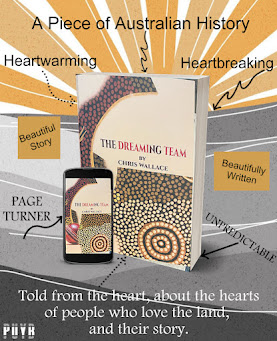







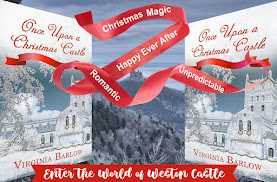













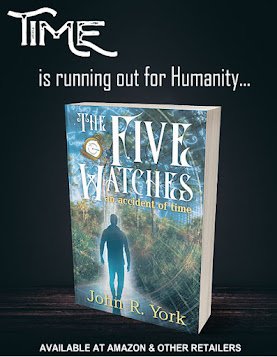






















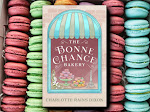



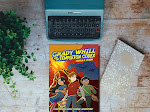



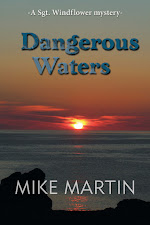




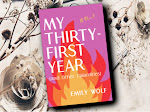






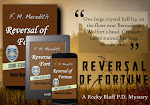









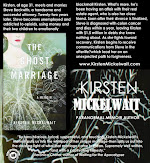






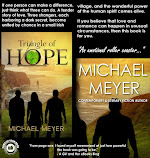





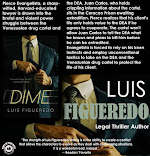




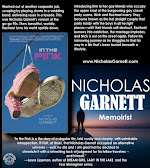



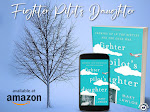





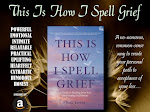
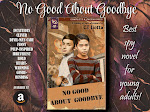



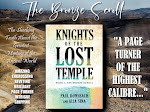





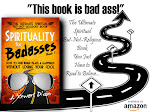




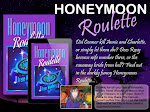

















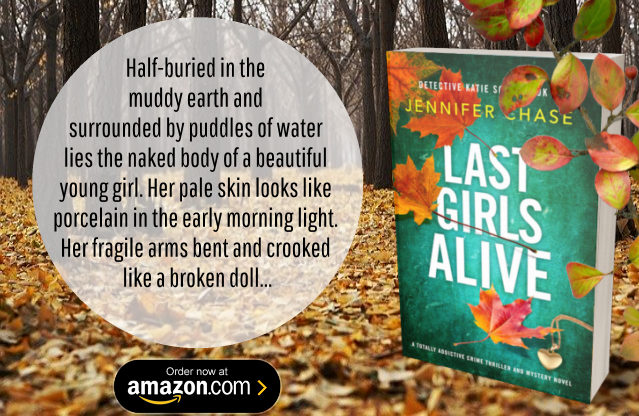



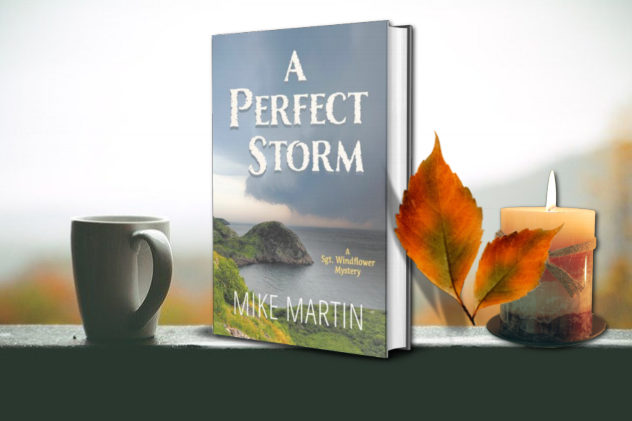

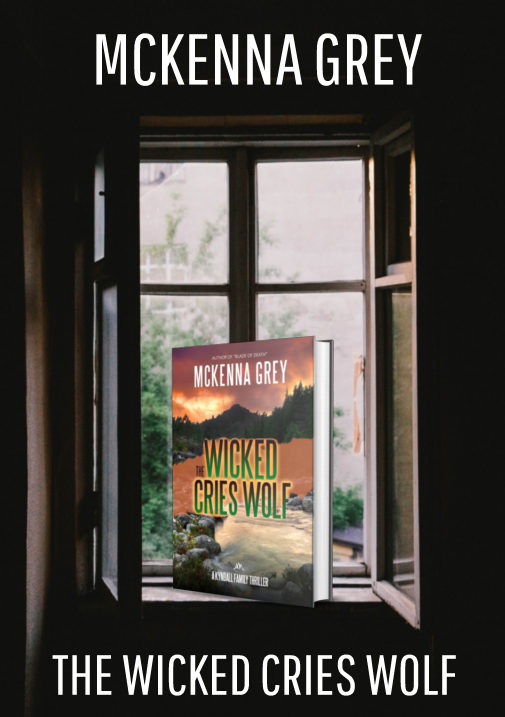


To Deb,
ReplyDeleteI find it funny that I read this just after making Borscht. After 4 mission trips to Poland I fell in love with this soup. It is in my crockpot now - cooking away.
Thanks for a great look into the behind the scenes of The Third Grace.
Blessings,
Jan